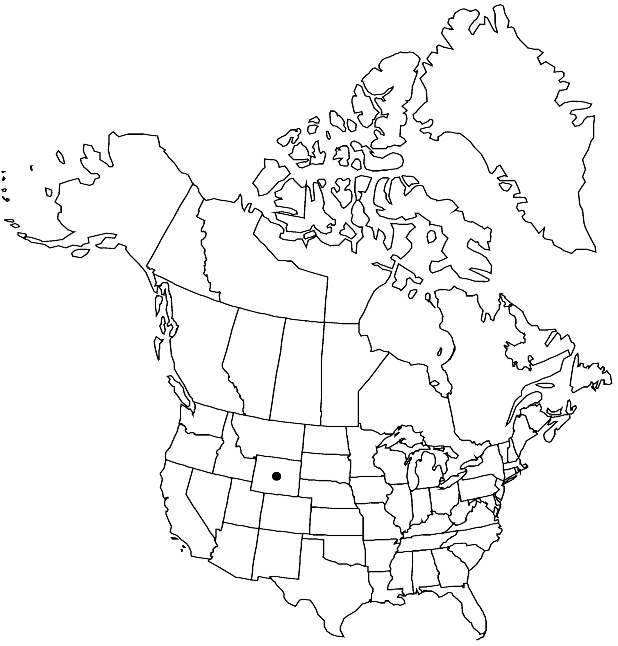Difference between revisions of "Physaria fremontii"
Novon 12: 323. 2002.
FNA>Volume Importer |
FNA>Volume Importer |
||
| Line 8: | Line 8: | ||
}} | }} | ||
|common_names=Fremont’s bladderpod | |common_names=Fremont’s bladderpod | ||
| − | |basionyms={{Treatment/ID/ | + | |basionyms={{Treatment/ID/Basionym |
|name=Lesquerella fremontii | |name=Lesquerella fremontii | ||
|authority=Rollins & E. A. Shaw | |authority=Rollins & E. A. Shaw | ||
| + | |publication_title=Gen. Lesquerella, | ||
| + | |publication_place=228. 1973 | ||
}} | }} | ||
|synonyms= | |synonyms= | ||
| Line 52: | Line 54: | ||
|publication year=2002 | |publication year=2002 | ||
|special status= | |special status= | ||
| − | |source xml=https://jpend@bitbucket.org/aafc-mbb/fna-data-curation.git/src/ | + | |source xml=https://jpend@bitbucket.org/aafc-mbb/fna-data-curation.git/src/f6b125a955440c0872999024f038d74684f65921/coarse_grained_fna_xml/V7/V7_1055.xml |
|tribe=Brassicaceae tribe Physarieae | |tribe=Brassicaceae tribe Physarieae | ||
|genus=Physaria | |genus=Physaria | ||
Revision as of 20:20, 24 September 2019
Perennials; caudex simple; densely pubescent, trichomes (subsessile), 5–7-rayed, rays distinct or slightly fused at base, usually furcate, (roughly tuberculate). Stems few to several from base, prostrate, (arising proximal to a terminal cluster of erect leaves, usually unbranched, slender), 0.5–1(–1.5) dm. Basal leaves: (petiole slender); blade elliptic to rhombic, 1.5–4(–5) cm, (base gradually tapering to petiole), margins usually entire, rarely dentate. Cauline leaves: blade narrowly obovate to oblanceolate, 5–15 mm, margins entire. Racemes (relatively short), rather loose. Fruiting pedicels (usually secund, recurved), 5–8 mm. Flowers: sepals ± elliptic, 4–6 mm; petals ovate, 6–8 mm, (claw slightly expanded at base). Fruits (pendent), globose, subglobose, or slightly obcompressed, slightly or not inflated, 3–6 mm, (rigid, apex usually beaked); valves pubescent throughout; ovules 8–12 per ovary; style 1–2 mm, (pubescent). Seeds slightly flattened, (suborbicular).
Phenology: Flowering May–Jun.
Habitat: Calcareous gravel, loose whitish rubble, limestone pavement, rocky calcareous ridges
Elevation: 2100-2800 m
Discussion
Of conservation concern.
Physaria fremontii is known from the area of the Wind River Mountains.
Selected References
None.
